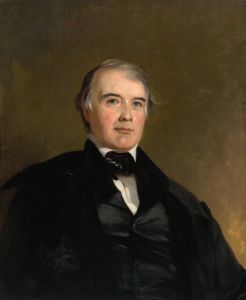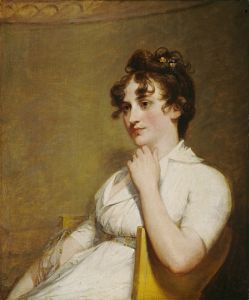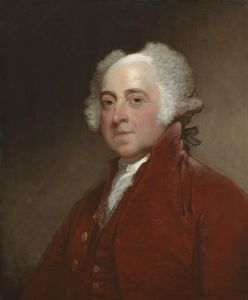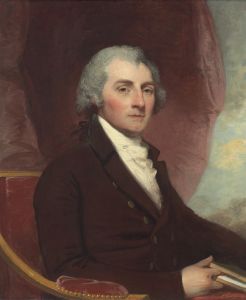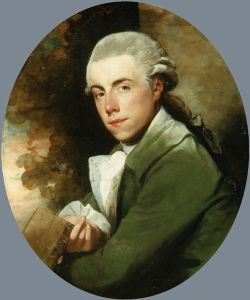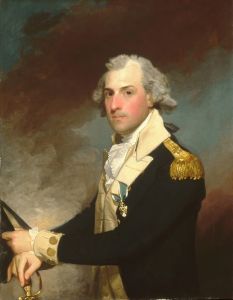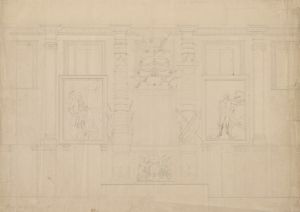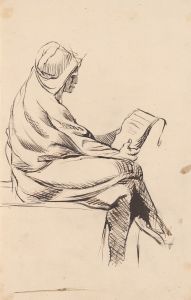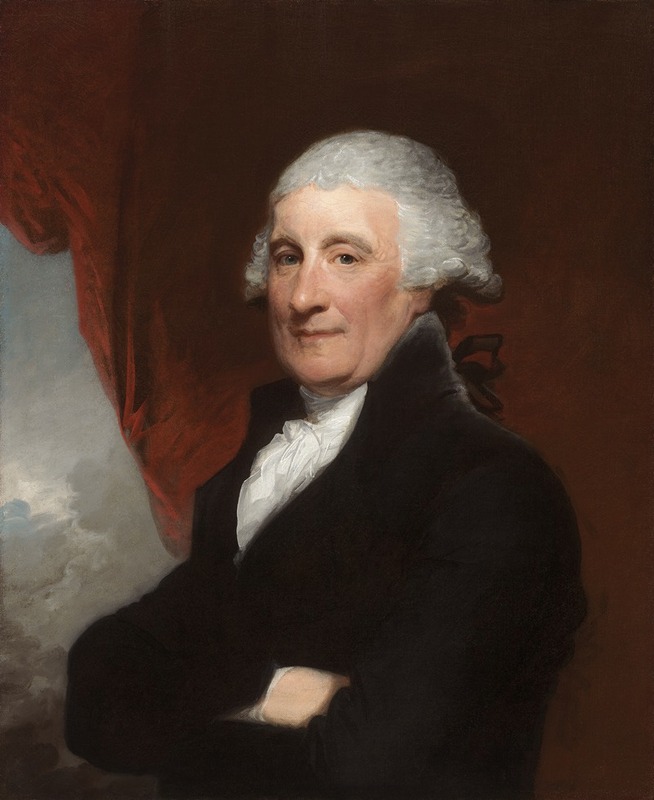
Robert Liston
A hand-painted replica of Gilbert Stuart’s masterpiece Robert Liston, meticulously crafted by professional artists to capture the true essence of the original. Each piece is created with museum-quality canvas and rare mineral pigments, carefully painted by experienced artists with delicate brushstrokes and rich, layered colors to perfectly recreate the texture of the original artwork. Unlike machine-printed reproductions, this hand-painted version brings the painting to life, infused with the artist’s emotions and skill in every stroke. Whether for personal collection or home decoration, it instantly elevates the artistic atmosphere of any space.
Gilbert Stuart, an American painter renowned for his portraits, created a painting of Robert Liston, a prominent Scottish diplomat and ambassador. Stuart, who lived from 1755 to 1828, is best known for his portraits of leading figures in both American and British society, including the iconic unfinished portrait of George Washington known as the "Athenaeum Portrait." His work is characterized by its realistic representation and attention to detail, which made him one of the most sought-after portraitists of his time.
Robert Liston, born in 1742, was a distinguished diplomat who served in various significant roles throughout his career. He was notably the British ambassador to the United States from 1796 to 1800, a period that was crucial for the young nation as it navigated its early years of independence and international relations. Liston's diplomatic career also included postings in other countries, reflecting his importance in British foreign affairs.
The portrait of Robert Liston by Gilbert Stuart is a testament to Stuart's skill in capturing the essence of his subjects. While specific details about the commission and creation of this particular painting are not extensively documented, it is consistent with Stuart's practice of painting prominent figures of his time. Stuart's portraits often conveyed not just the likeness but also the personality and status of the individuals, making them valuable historical records.
Stuart's technique involved a keen eye for detail and a mastery of light and shadow, which he used to create lifelike representations. His ability to capture the subtleties of expression and the texture of fabrics contributed to the realism and depth of his portraits. This skill is evident in his painting of Robert Liston, where Stuart would have employed these techniques to convey Liston's diplomatic stature and character.
The painting of Robert Liston is part of Stuart's broader body of work that includes portraits of other notable figures from the late 18th and early 19th centuries. Stuart's portraits are held in high regard not only for their artistic quality but also for their historical significance, as they provide insight into the people who shaped the political and social landscapes of their time.
While the exact location of the Robert Liston portrait is not specified in available records, many of Stuart's works are housed in prestigious institutions such as the National Gallery of Art in Washington, D.C., and the Museum of Fine Arts in Boston. These institutions preserve Stuart's legacy and ensure that his contributions to art and history remain accessible to the public.
In summary, the portrait of Robert Liston by Gilbert Stuart exemplifies the artist's expertise in portraiture and his ability to capture the essence of influential figures of his era. Through his work, Stuart has left an indelible mark on the art world, providing a window into the lives and personalities of those who played significant roles in history.







